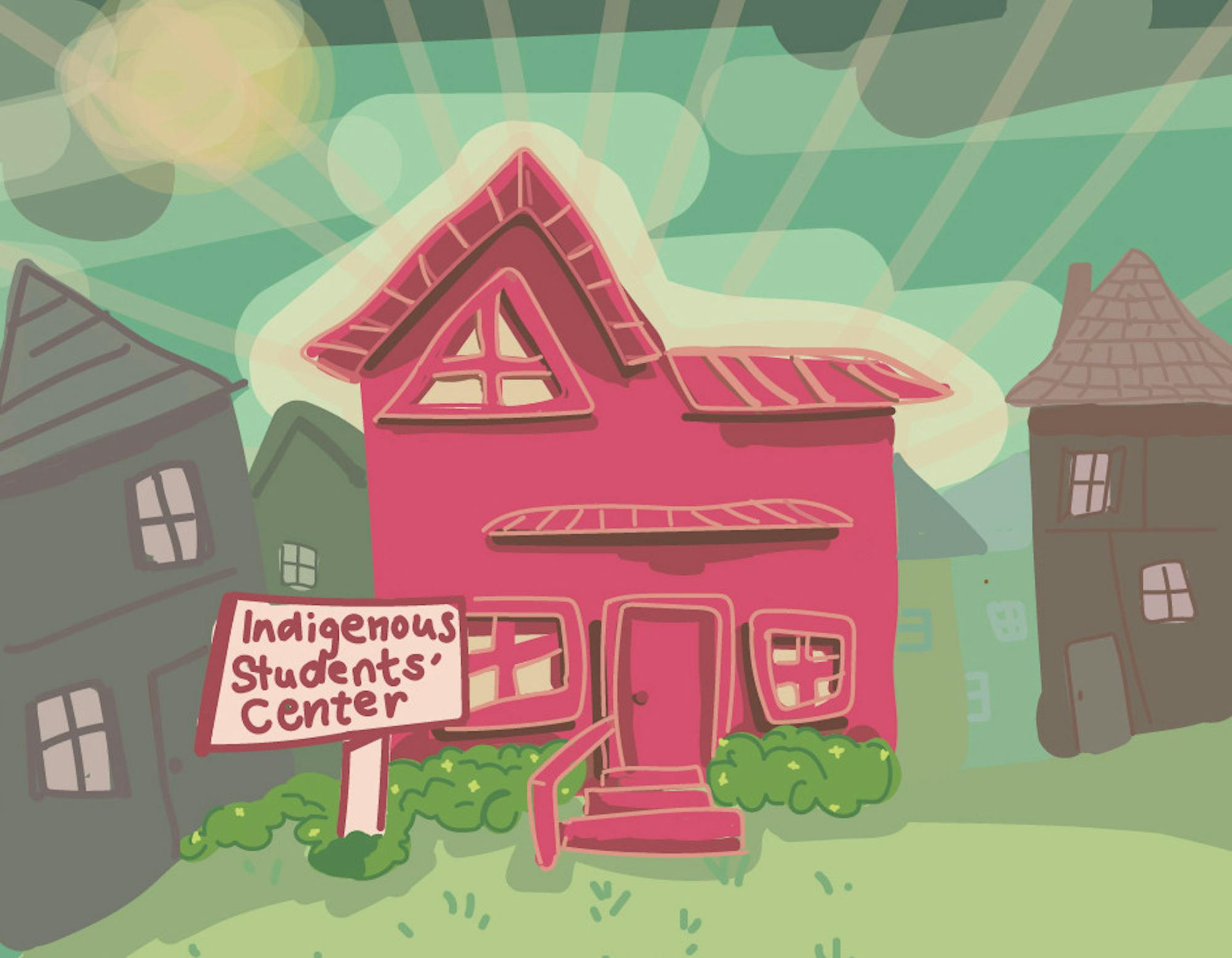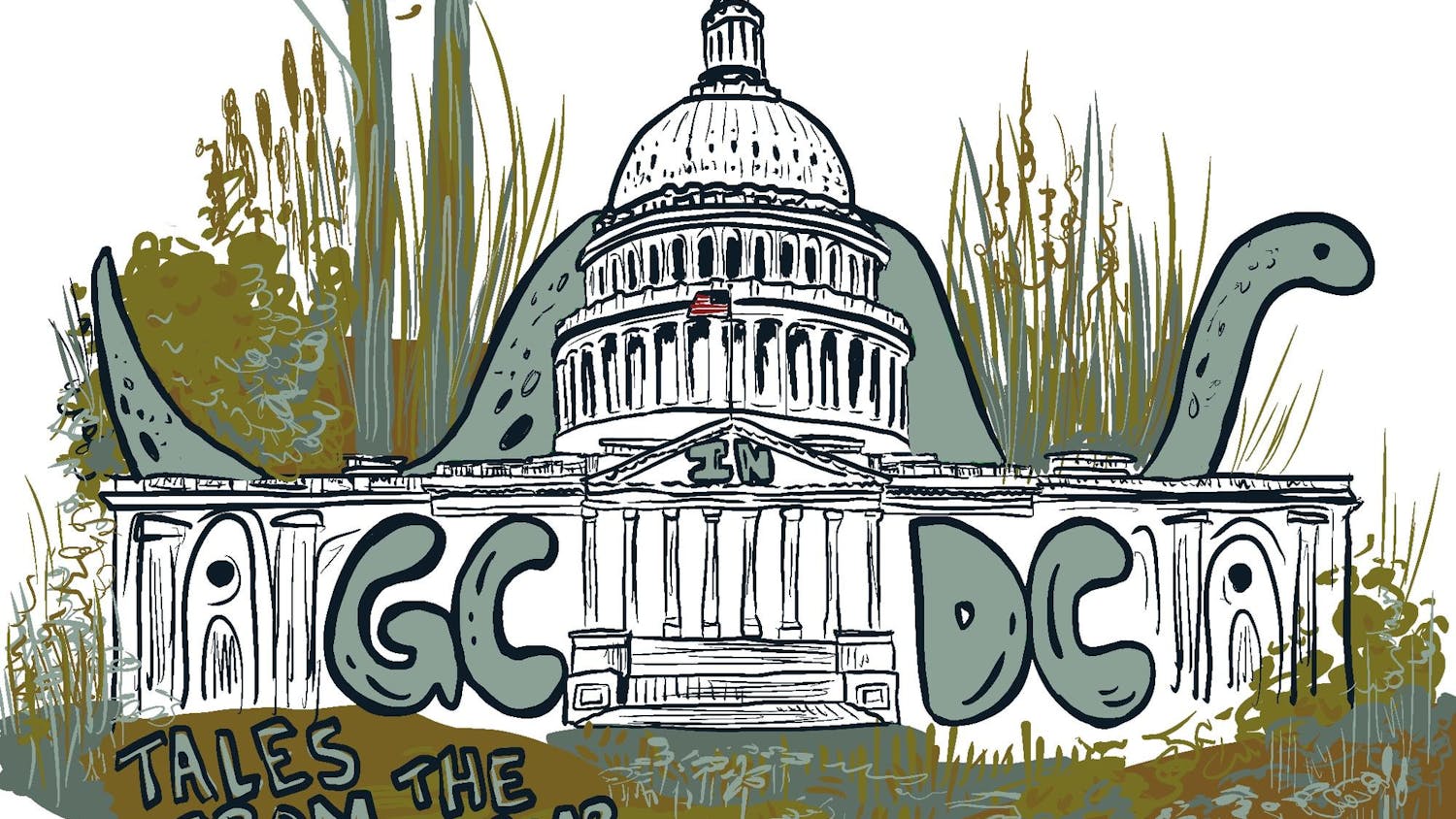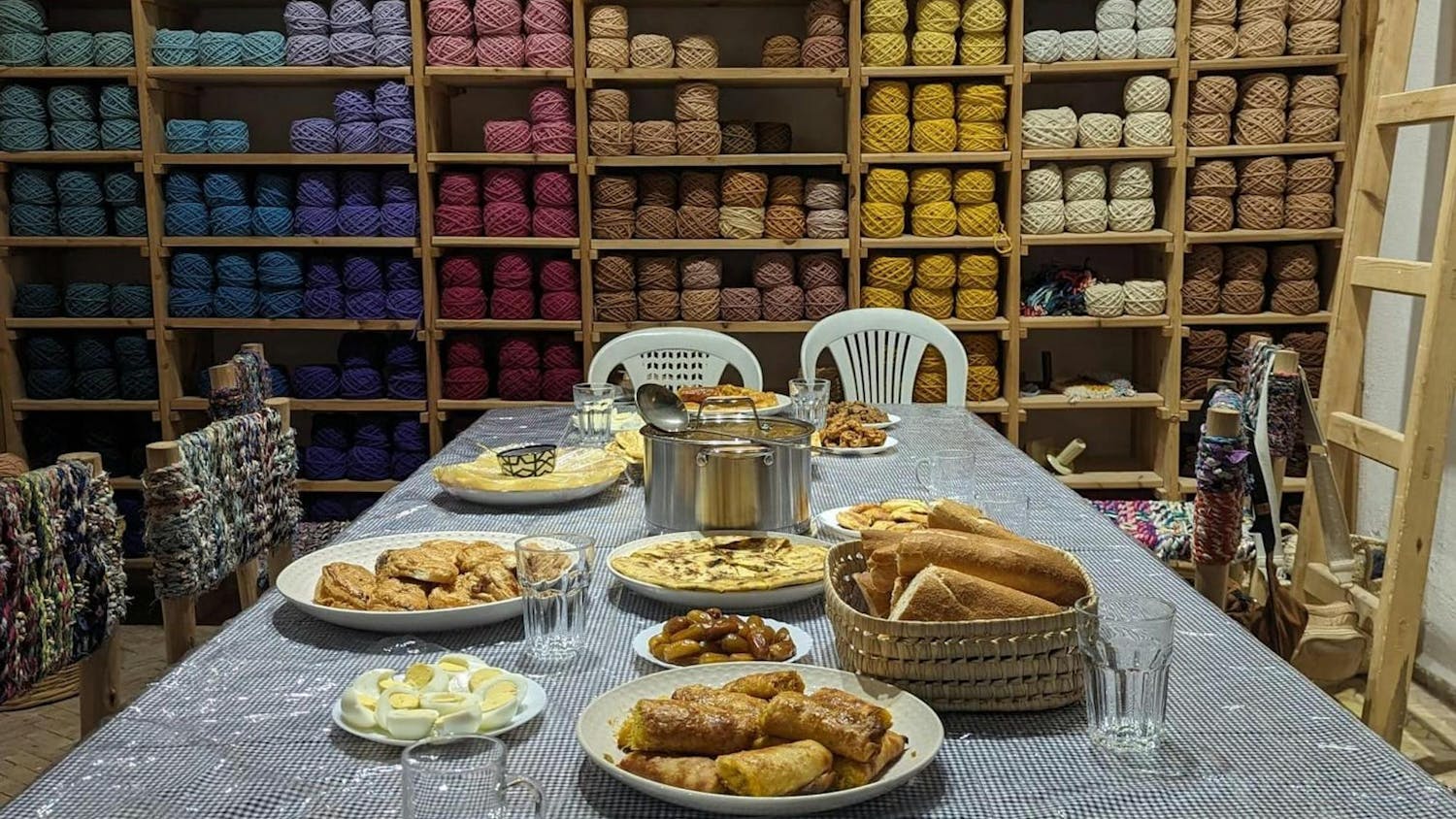In October 2021, the Division of Student Diversity and Inclusionannounced its plans to create a new identity center for Indigenous and Native American students. This center will join the seven currently established identity centers: the Africana, Asian American, FIRST, LGBT, Latinx and Women’s Centers and the Center for STEM Diversity. The plans have been both celebrated and criticized by Indigenous students, who see the center as the most significant move the university has taken to show its support. Below, students share their experiences with Indigeneity at Tufts, as well as their thoughts about the university’s places for the new center.
Hannah Norton, co-president of the Indigenous Students' Organization at Tufts (ISOT), explained their experience being an Indigenous student at Tufts.
“Coming to Tufts, it was difficult, because there wasn’t an established Indigenous community — there weren’t established clubs or support for Indigenous students directly,” Nortonsaid.
Despite this, Norton’s first experiences at Tufts were encouraging, starting even before their first semester at the university. Norton, a junior studying human factors engineering, cited the Bridge to Engineering Success at Tufts initiative, a summer program for incoming engineering students, as a strong example of the administration’s proactive efforts to make the school more welcoming.
“The summer before freshman year, we spent a semester at Tufts, and a really big thing was that [through the program], all of us got to really celebrate our culture and our identities and feel very comfortable,” they said. “Having that program bring me in really made me feel like I had support.”
After matriculating that fall, Norton was contacted by Sean Ashburn (AG’20) and Campbell Halligan,two former Tufts staff members, about creating an identity space for Indigenous students.
“They both spoke to me directly, saying, ‘We can help you create a Native community at Tufts,’” Norton said.
Their work together soon became ISOT. During fall 2019, ISOT's presence on campus grew quickly. Ashburn served as a communicator with the administrative and admissions teams while Halligan helped ISOT find funding and resources to start putting on events, beginning with the celebration of Indigenous Peoples’ Day in 2019.
ISOT has helped first-year Indigenous students find other Indigenous peers on campus, according to sophomore Violet Johnson.
“Coming to Tufts, it was more interaction with Indigenous people my age than I had ever really experienced,” Johnson said.
Johnson explained that the presence of more Indigenous people around her, especially at events facilitated by ISOT, was new and empowering.
In spring 2020, buoyed by its prior successes, ISOT began advocating for a physical affinity space for Indigenous peoples on Tufts' campus — an idea that Tufts’ Division of Student Diversity and Inclusion would put into action more than a year later.
Johnson sees the Tufts administration’s work on the center as the first of many necessary improvements.
“I think forming the new Indigenous center is a good step, due to all of the work that ISOT put in ... but I think that Tufts can be doing a lot more for Indigenous students,” Johnson said.
Norton generally regards the center’s potential with optimism.
“We want the center to just bring everyone together in a community and be as big as the other identity centers on campus,” they said.
Norton cited positive experiences visiting Tufts' Latinx Center, which they said was an accepting and warm environment for both Latinx students and allies, as a positive model for what the Indigenous People Center can become.
Johnson shared Norton’s feeling of enthusiasm at the prospect of a physical affinity space.
“I’m really excited to have a physical space … I think it’s really great in terms of being able to host more events and getting the motivation to do things,” Johnson said.
Johnson also thought the space could serve as a place to address and change the misconceptions many non-Indigenous people have about the Native American community.
“Non-Indigenous people tend to group tribes and Native Americans all together … but it’s so much more complicated than that,” Johnson said.
It is her hope that the center empowers people to come together, educate themselves on that complexity and celebrate Indigeneity.
Johnson identified education on Indigenous issues as something that Tufts should be addressing. She cited the largely unknown history of U.S. residential boarding schools to which Native American children were sent to strip them of their culture and language in order to"assimilate" them into white American society.
“There’s ... so many students here that have literally never heard about the residential schools,” she said. “I think education is so important."
Although the idea of a new space is exciting, Norton also expressed frustration about the administration’s recent lack of communication with ISOT.
“We put all this work in, and we thought we’d be brought along on the way, and then we just kind of got ghosted,” they said.
This unresponsiveness draws sharp contrast from the overwhelmingly positive experiences ISOT has had with faculty. Norton cited Amahl Bishara, director of Native American and Indigenous Studies at Tufts, as a particularly good example.
“[Bishara] is very much in contact with ISOT and meets with us regularly … to talk about the minor,” they said.
Bishara emphasized Indigenous students’ integral involvement in every step of the creation of the Native American and Indigenous Studies minor.
“Indigenous student leaders organized two petitions over about three years calling for the establishment of the minor,” Bishara wrote in an email. “Then we had Indigenous students working with us on the committee to establish the parameters for the minor.”
Indigenous students have even had the opportunity to work within the hiring process.
“We are grateful to have ISOT students’ input on the finalists,” Bishara wrote.
In essence, Norton said, ISOT’s relationship with Tufts’ administration and faculty has had both positive and negative elements. A center is finally coming, but the administration has been inconsistent in communicating with ISOT in the planning process.
“The administration, how they’re coming off is mostly just tokenizing us and using our word, using our status," Norton said. "They’re not following through with a lot of the things we want."
Although Norton claimed that previous efforts to communicate with administration have been unsuccessful, Ellise LaMotte, head of the Division of Student Diversity and Inclusion, said collaboration is forthcoming.
"We are in the process of collecting resumes for the director's position," LaMotte wrote in an email to the Daily. "Once we have viable candidates we will provide an opportunity for students, staff and faculty to share their thoughts."
LaMotte also committed to working specifically with ISOT in the future.
"I plan to contact ISOT members shortly to start the conversation about the process to develop the Indigenous People Center and to obtain their input," LaMotte said.






